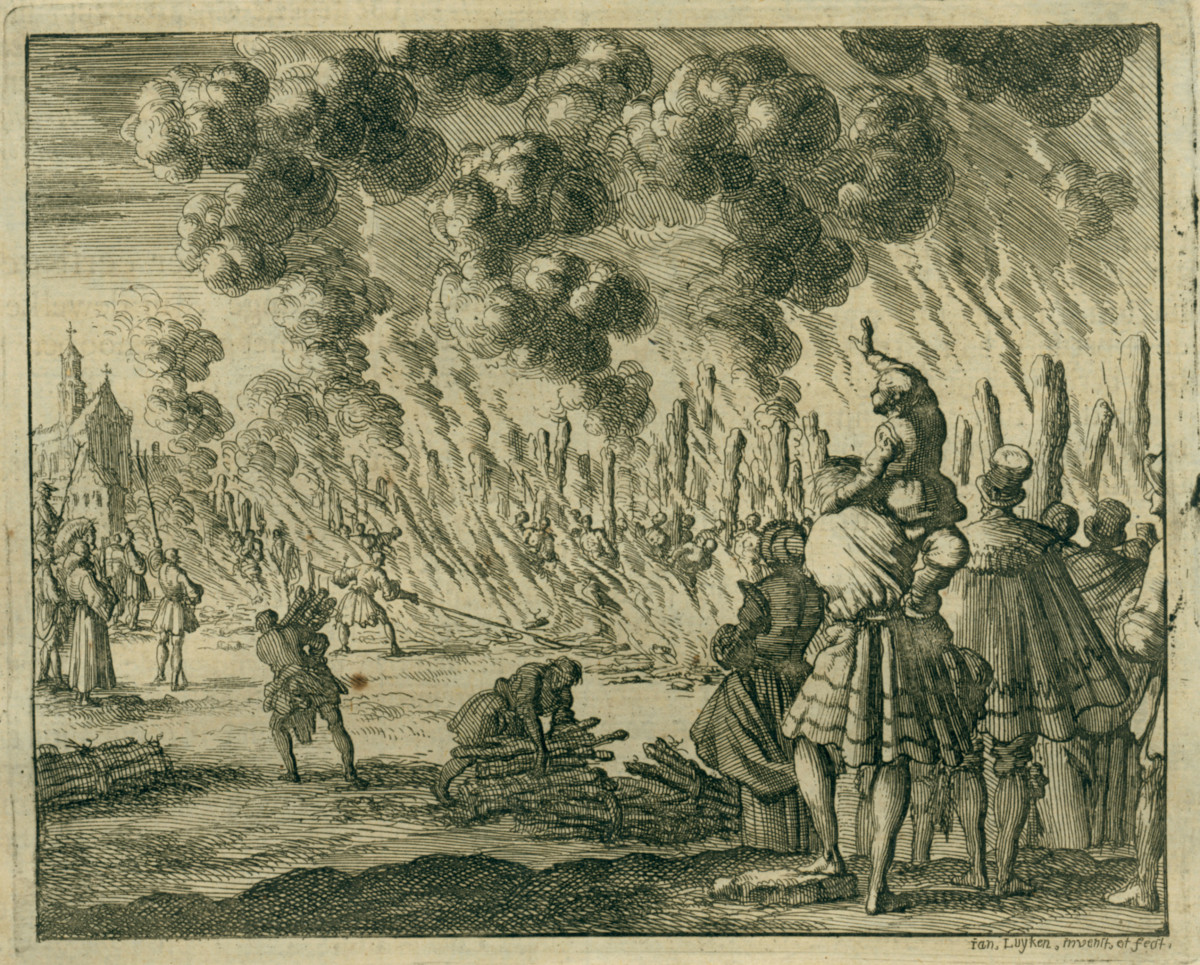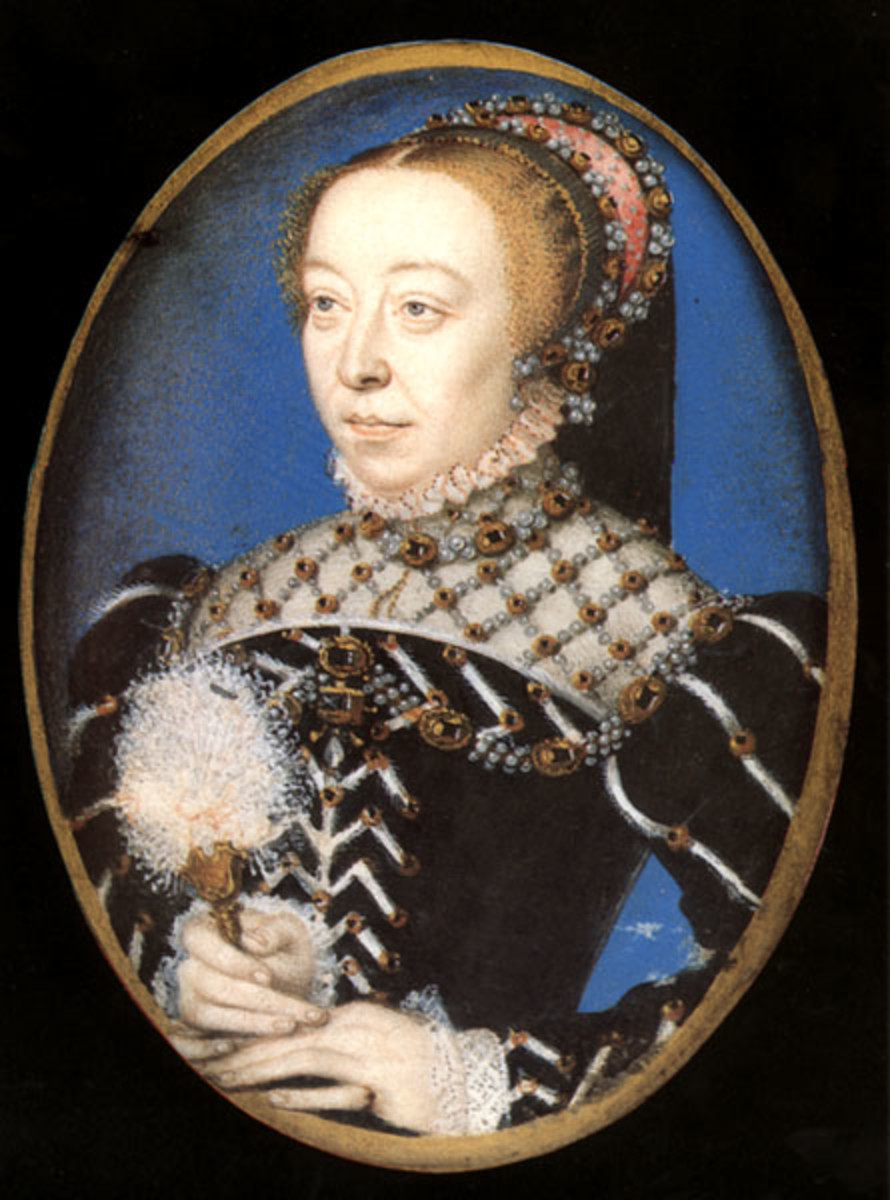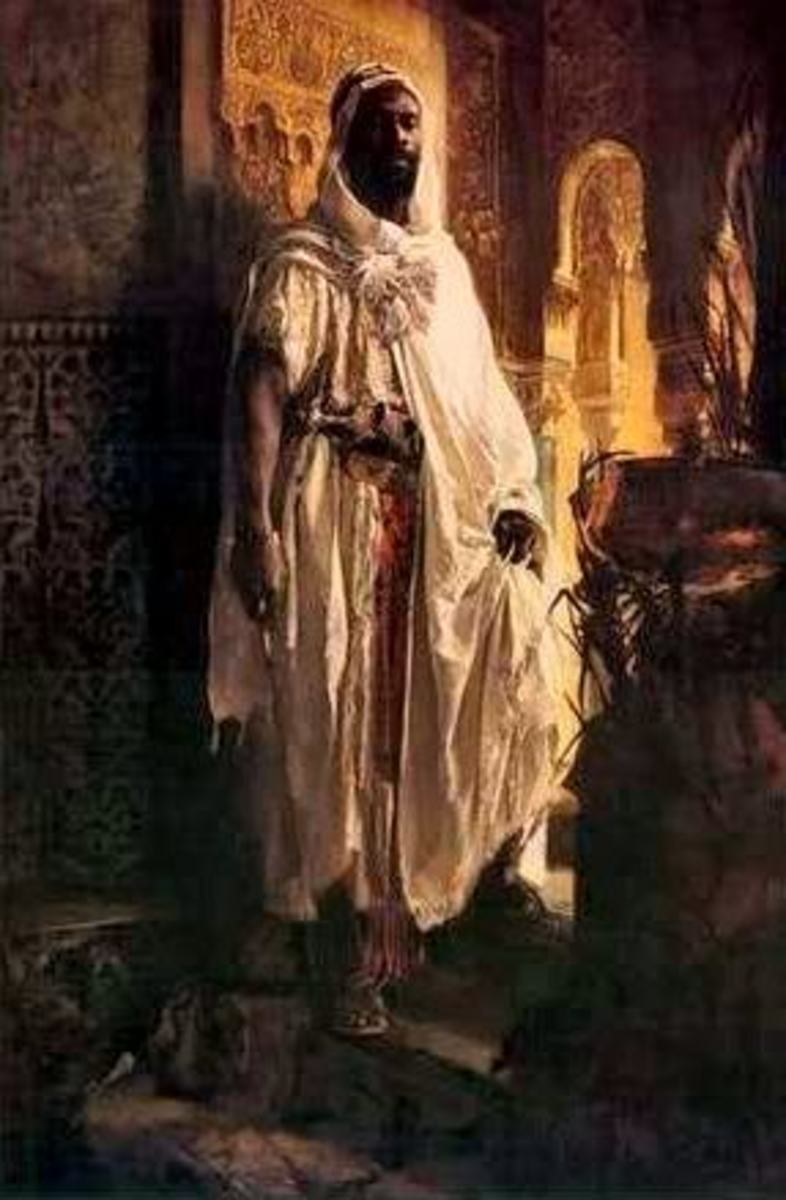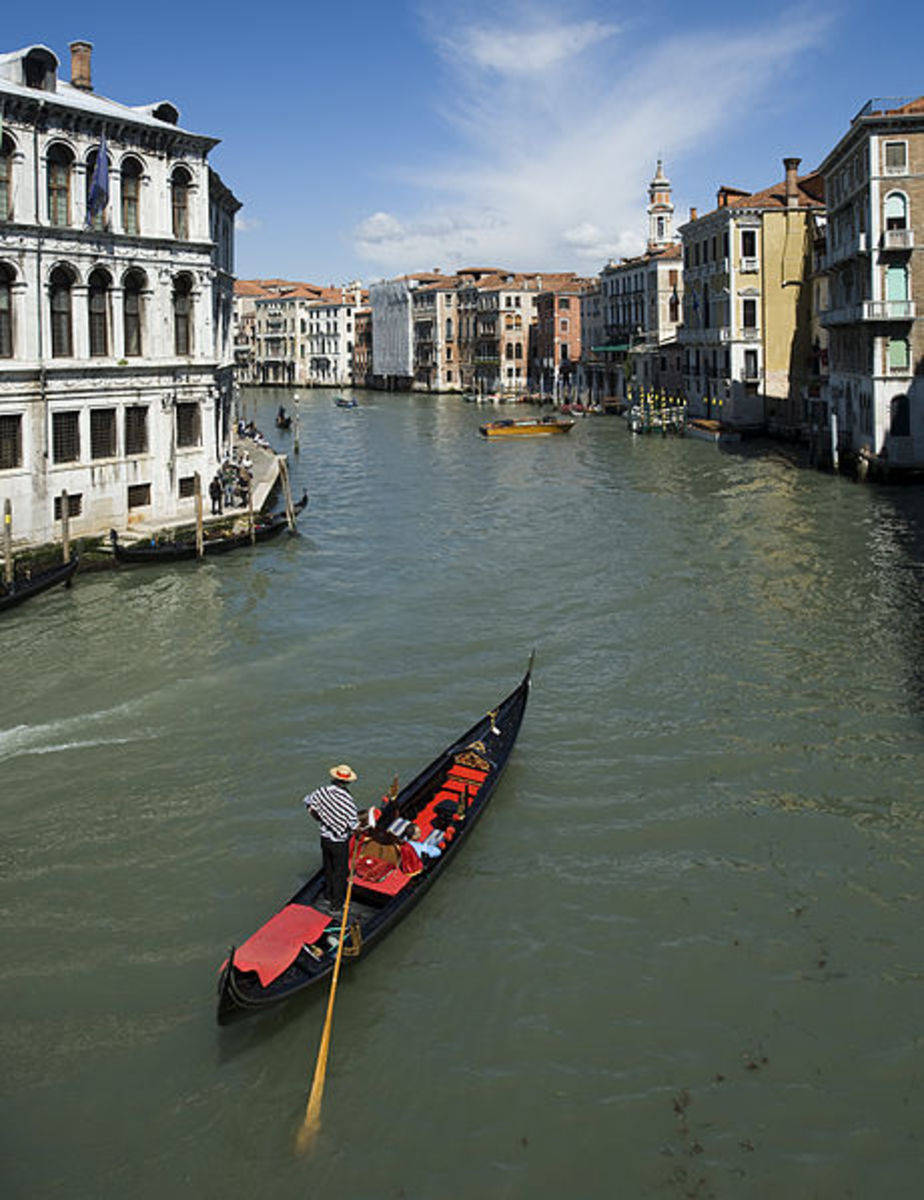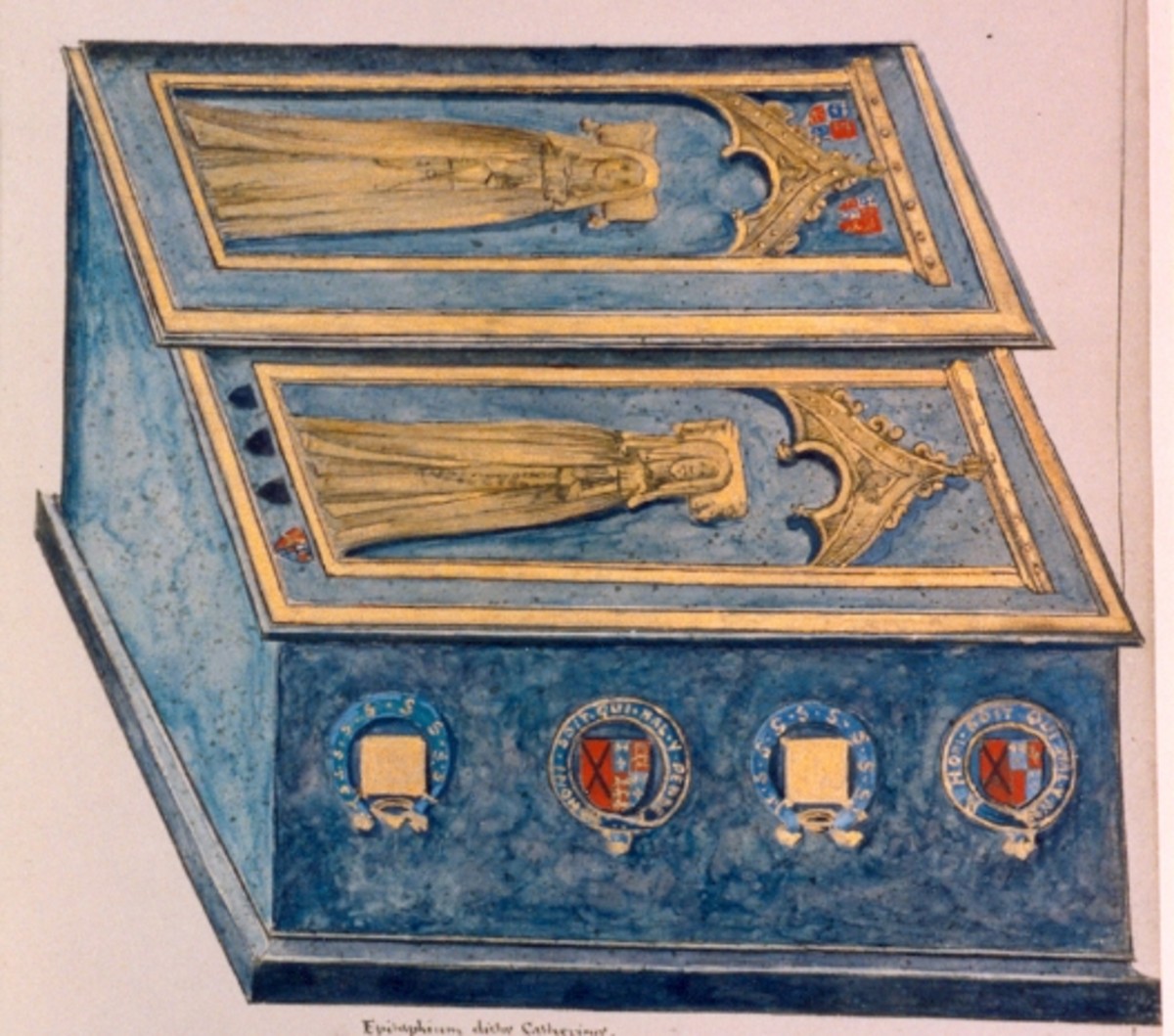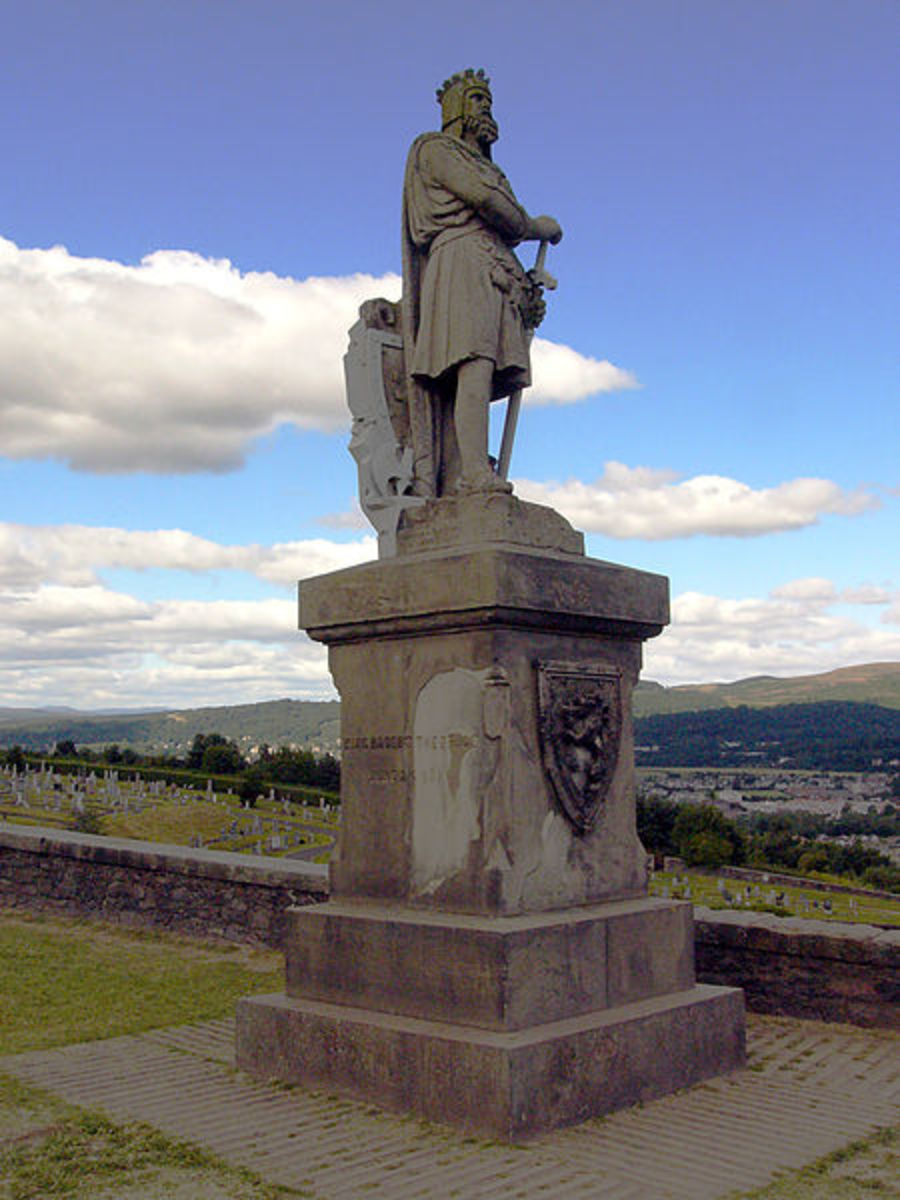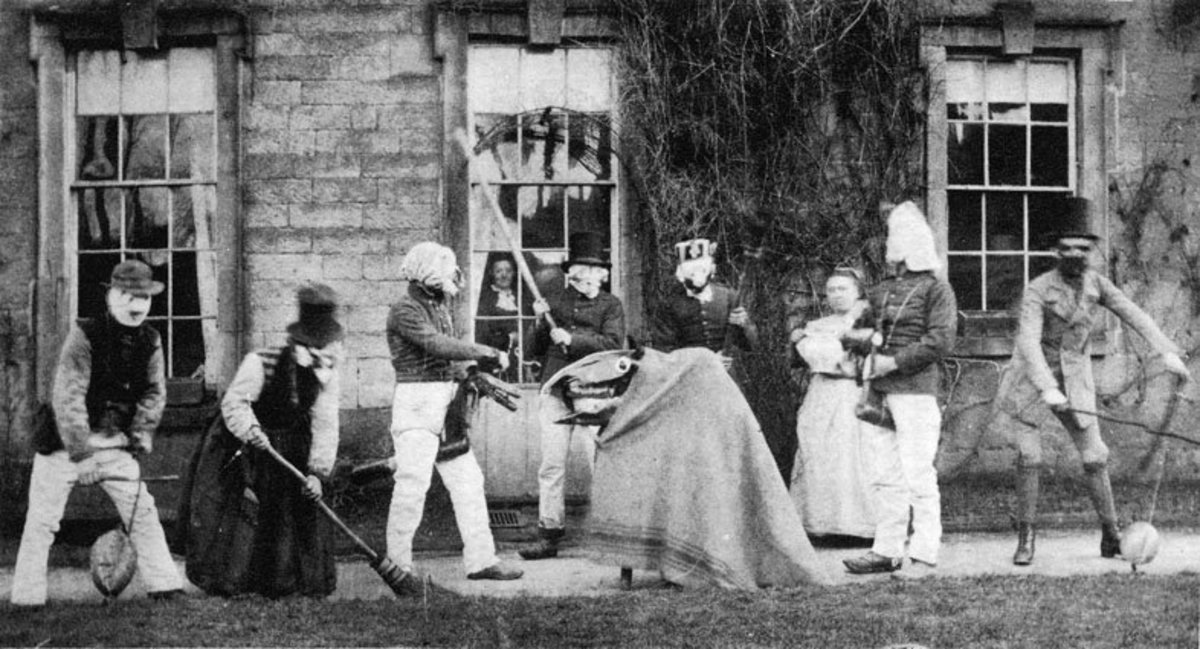Historical Objectivity in 14th Century Italy
The recording of history is an age old practice that is known as being a rather biased process. No one person can ever perfectly document an event or life, even if physically present, due to naturally occurring biases and variations of observations. However, writers and artists have been able to make history as accurate as possible, while still making it accessible to their contemporaries and to their posterity. Through the use of art, primary sources, and passed down common knowledge, writers such as Thomas of Celano and Giorgio Vasari and artists such as Lorenzetti and Giotto have been able to depict and explain in great detail several aspects of thirteenth and fourteenth century Italy, while staying objective and being able to provide a proper history of the period.
Thomas of Celano
Thomas of Celano is known for his works on the life of St. Francis of Assisi and as serving as a friar of the Franciscans. In his work, Vita Beati Francisci, or “The Life of Saint Francis”, Thomas of Celano tells of the life of St. Francis and the culmination of his good deeds. Thomas had the advantage of being a friar alongside Francis, and thus has first hand accounts of his life. Despite the fact that he was serving alongside Francis, and looked up to him as a blessed figure, his account is rather objective. Thomas makes comments that are obviously in complete reverence of Francis, such as “He was a man of great fervor, feeling much sweetness and tenderness even toward lesser, irrational creatures”(Thomas of Celano, Ch. XXI). However, he does give his audience the account of the early side of Francis's life, “Maliciously advancing beyond all of his peers in vanities, he proved himself a more excessive inciter of evil and a zealous imitator of foolishness”(Thomas of Celano, Ch.I) and doesn't hide it, but instead, wanting to depict St. Francis as he actually was, explains for three chapters the less than saint worthy actions that Francis had been known for. This is a testament to the desire of Thomas as a writer and historian to give an authentic account of Francis's life to future generations, and not simple preach his good acts that led to his sainthood. Vita Beati Francisci serves as a reliable history of the life of Saint Francis that is a primary source for the study of thirteenth century Italy and the Catholic Church.
Giorgio Vasari
“The Lives of the Artists” was written in the sixteenth century by Giorgio Vasari, an italian painter, writer, and historian. He chronicles the lives of many famous artists from the Renaissance period, including Raphael, Michelangelo, and even himself. Much of Vasari's sources are clearly of the actual work that are done by the various artists, as is evident in his very extensive descriptions of the various works, such as Cimabue's works in Florence, which he explains, “he did a panel picture of Our Lady for the church of Santa Maria Novella, where it hangs up high between the Rucellai Chapel and the chapel of the Bardi of Vernio; the figure was larger than any that had been painted up to that time”(Vasari, pg. 53), this being an example of a vast majority of the text found in Vasari's piece. Vasari does not discuss dates, but instead tells the history through well known anecdotes of the time and by keeping a timeline through the completion of the works of the artists. The downside to Vasari's work is that some of the things that he writes as fact, does feel more like opinion, and in fact, some things cannot be historically verified. However, this is not troubling, because much of this is buried under the shear amount of detail and chronicling of the works and generally accepted accounts of the artists in the art community.
Vasari is also able to use connections among artists to give an accurate representation of how the art community interacted and flourished in the Renaissance era. He writes about the artists Giotto, who was discovered by Cimabue at a very young age. He then describes how Giotto, learning a great deal from Cimabue, actually begins to surpass his master and begins to make a “decisive break with the crude traditional Byzantine style and brought to life the great art of painting as we know it today”(Vasari, pg. 58). Vasari is able to give an account of how art is changing through the use of connections, and the connection between Cimabue and Giotto is a very important one in the fourteenth century.
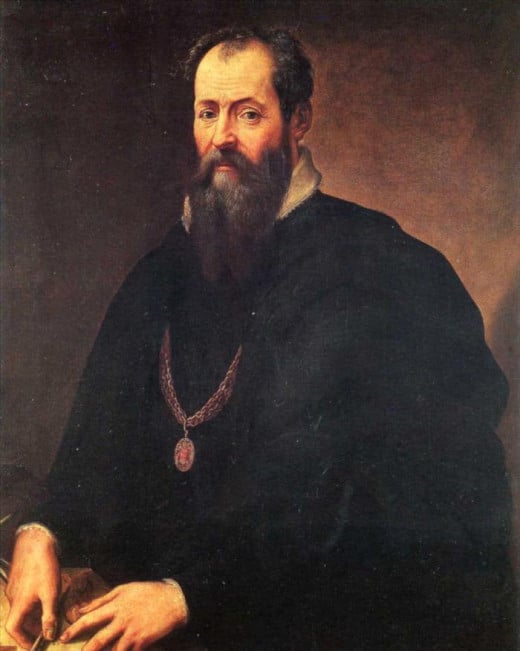
Ambrogio Lorenzetti
Artists served as historians and cultural commentators, in many cases even more that writers in the fourteenth century. Much of the writing done at the time was still written in Latin, which was not known by the general population, and literacy of the vernacular was also limited. Thus, the most effective way of communicating topics of religion, politics, and such was through art. One such artist, who was active during this time was Lorenzetti, who was known for his work “The Virtues of Good and Bad Government”. Lorenzetti creates a visual representation of society, with both a negative and positive view of it. In the “Good Government” section, he depicts certain aspects of a well functioning society, which gives his audience an accurate portrait of the history of life and politics that was accepted as ideal. This is a section of “Good Government”, with the common good seated as the center of the society, represented as a king figure, showing the importance of the king being right. This also shows the hierarchy that was common for the time, with religion and faith above all, shown by the angels near the top, to the lowly criminals, chained and shackled at the feet of the government.
Another important facet of this painting that adds to its historical contribution is that it illustrates very well the garb that was common among the various classes at the time. Lorenzetti, as a further extension of this painting, also created the “Bad Government” side. While this one has not fared as well throughout history, it is still possible to make out some of the values that were not desired by the people at the time. In the center, just like the other painting sits the head of the government, in this case a tyrannical looking being. On either side are symbols of various sins, such as treason and fraud and war. This is a great example of how influential the church was in government and society, that all the aspects of a “Bad Government” actually stem from biblical sins. Lorenzetti is able to use his artistic abilities to chronicle aspects of his society as an effective means of recording history. Not only do they serve as primary sources, but they are beautiful examples of fourteenth century art.
"Good Government"
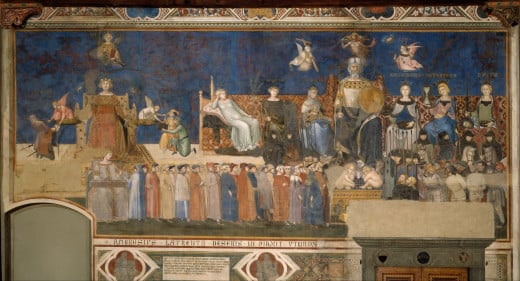
"Bad Government"
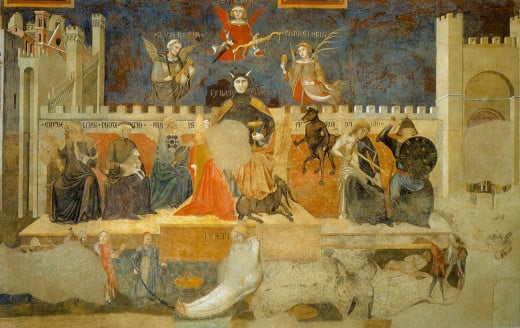
Giotto
Another artist who uses his painting as a method of recording history is Giotto, who was previously mentioned as a revolutionary painter in his time. Giotto was famous for a number of works in his time, but some of the ones most remembered today are the ones that chronicle the life of St. Francis of Assisi. These paintings are excellent in their ability to serve as historical records of the life of St. Francis, mostly for the dates that many of them were done. Several of the works of St. Francis's life were completed in the last twenty years of the thirteenth century, about fifty years after the death of Francis. This means that it is likely that Giotto was able to interview people who may have in fact known Francis personally, such as friars of the Franciscans. One such painting, “St. Francis before the Sultan” depicts Francis meeting with the Sultan in Syria. This paining is great at giving an impression of the man that was Francis, showing the presence that he made in a setting, awing everyone who saw him and interacted with him. Even the Sultan is impressed as is indicated by the outstretched, welcoming hand. However, the truly unique part of this painting is the visual it gives us of so many things. The architecture of the Arab culture of the time and the dress of the Sultan. It also gives the viewer a great image of what Francis may have looked like, in terms of his dress. Giotto is able to create an image that gives an accurate image of a saint doing one of his deeds, and at the same time gives a historical snapshot that in many ways is a better record that any written text.
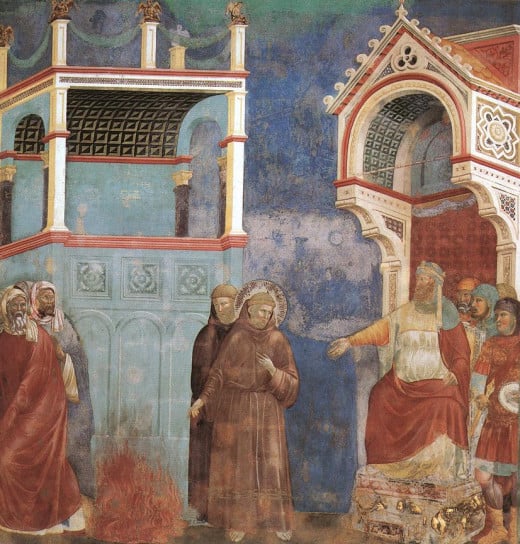
The art and writing done by people such as Thomas of Celano and Lorenzetti are ideal modes of obtaining a historical understanding of the fourteenth century society and culture in Italy. The sources are objective and reliable and provide excellent support and details for research on the period. These methods provide contemporary audiences the ability to look into the past and receive a clear sight as to what made it unique.
This content is accurate and true to the best of the author’s knowledge and is not meant to substitute for formal and individualized advice from a qualified professional.

